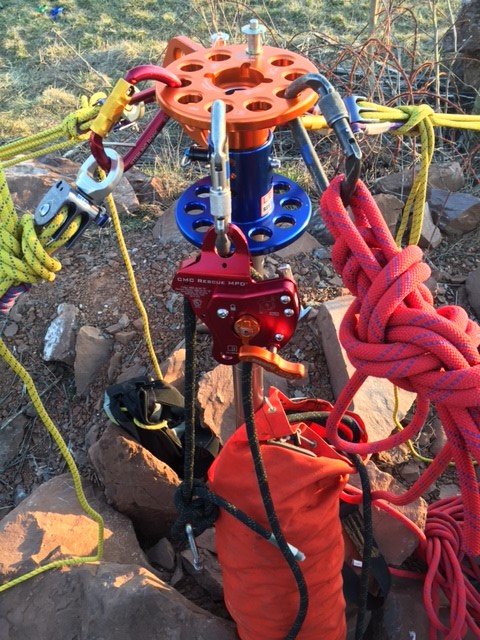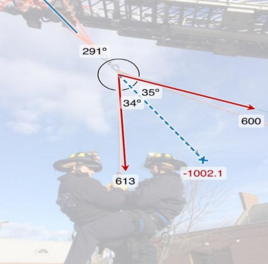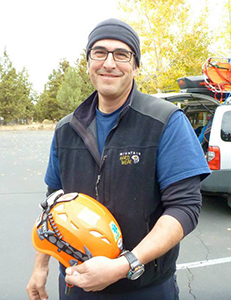Has Your Rescue Equipment Cache Exceeded Your Team’s Training Level?
Has Your Rescue Equipment Cache Exceeded Your Team’s Training Level? “Go do a safety check on that MPD”, this was the direction of my team leader recently during a high angle pick-off drill, immediately prior to sending someone over the edge. At a very quick first glance, the MPD was reeved properly, until I conducted a …
Has Your Rescue Equipment Cache Exceeded Your Team’s Training Level? Read More »




